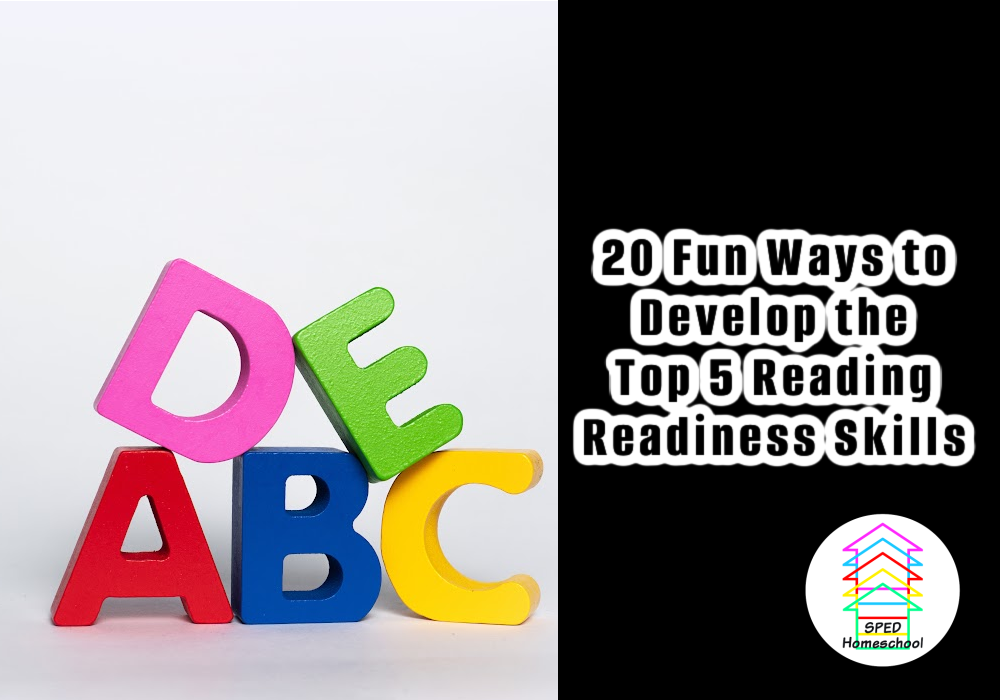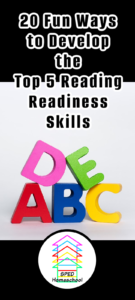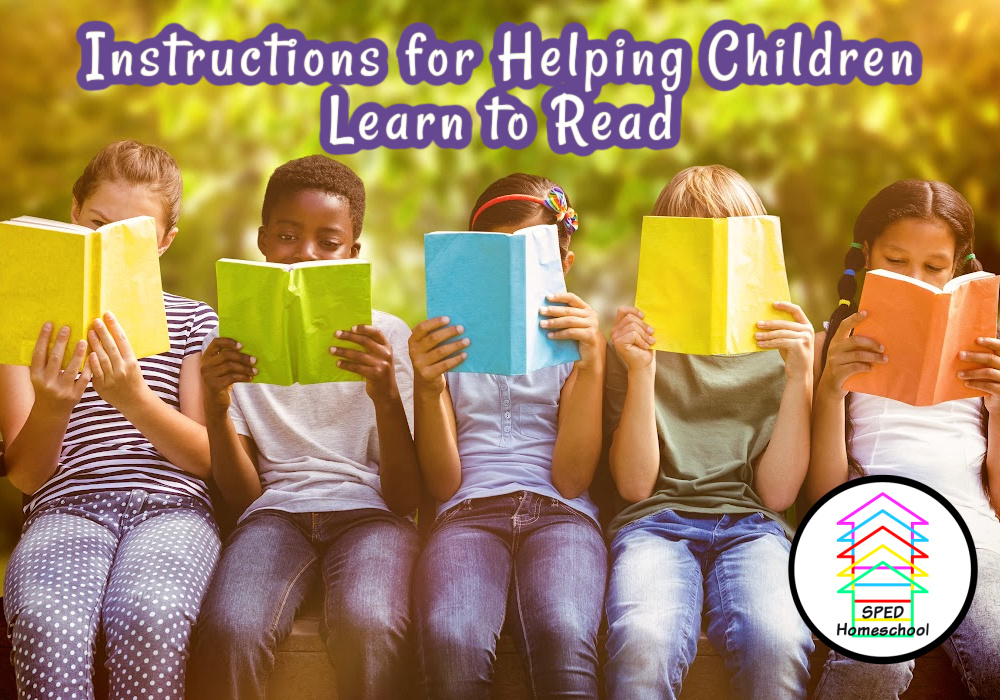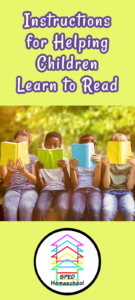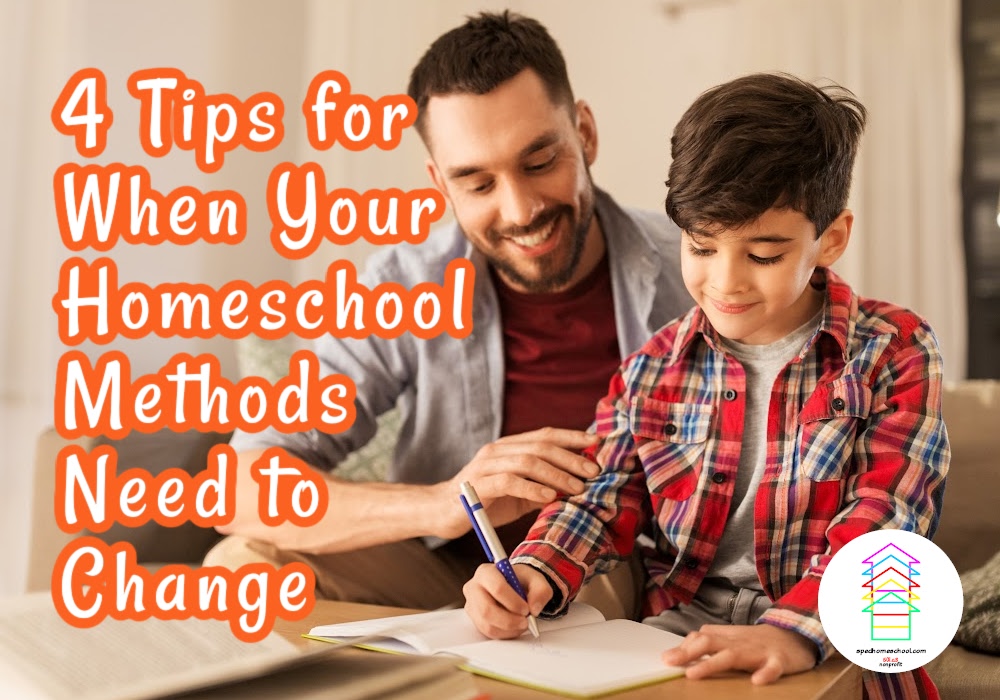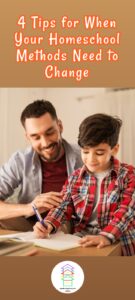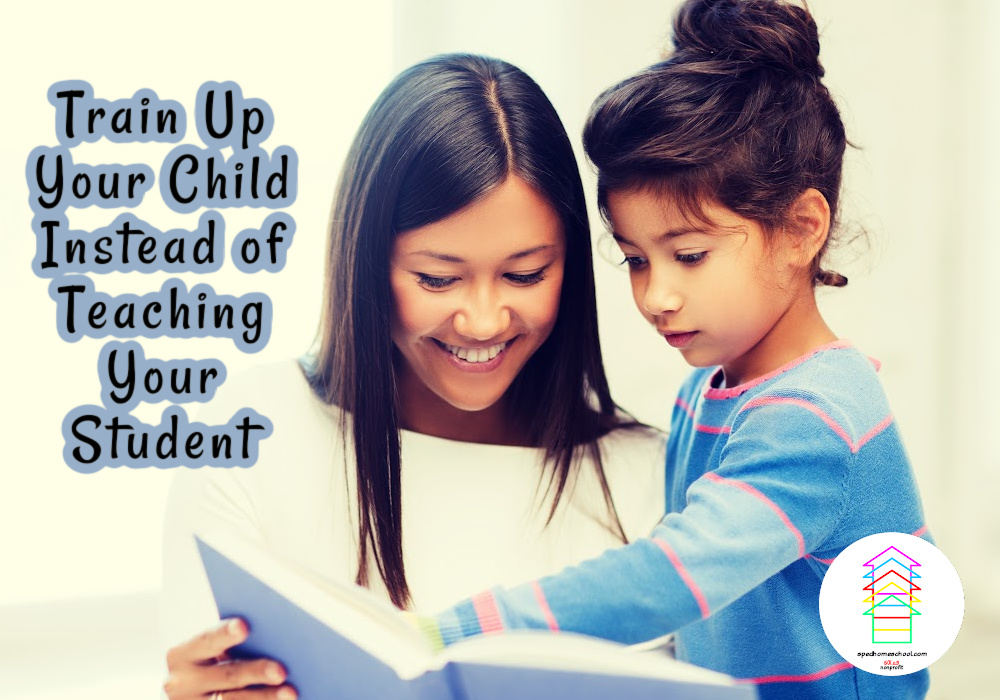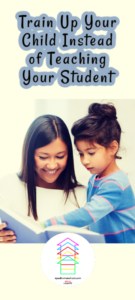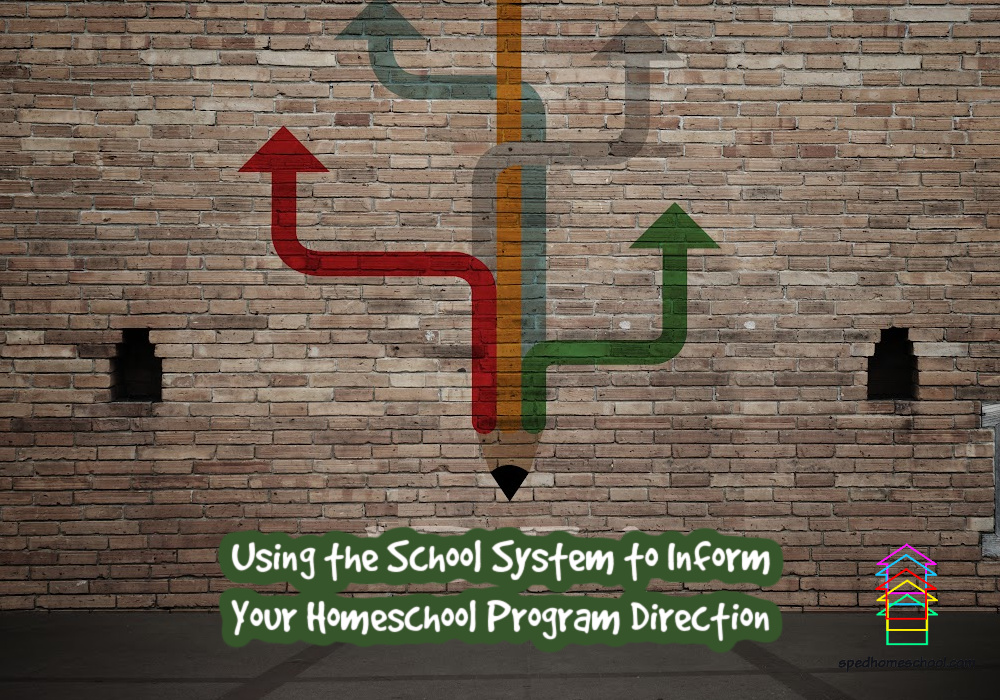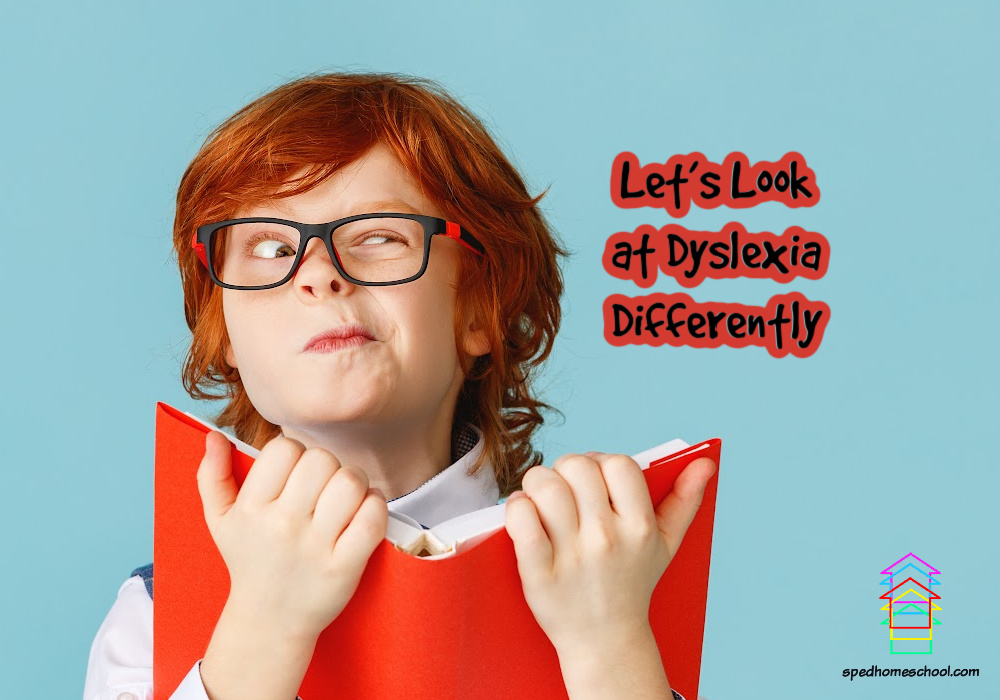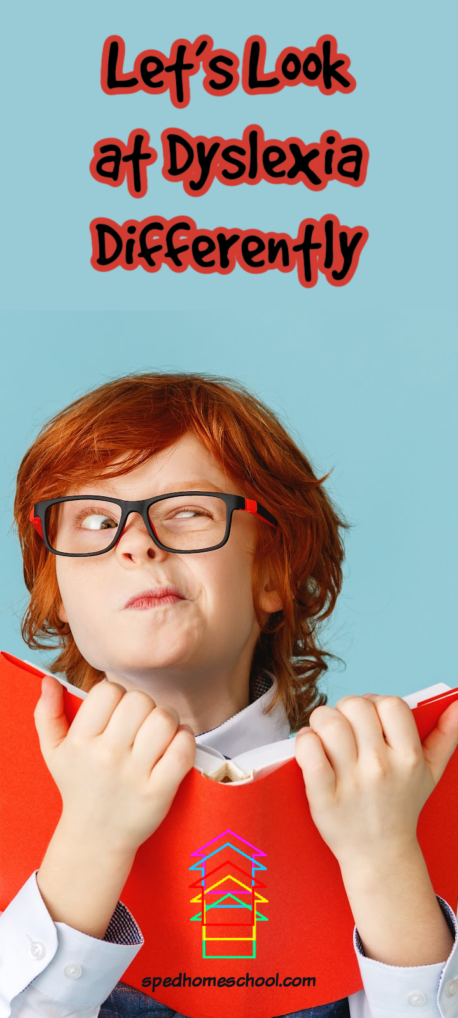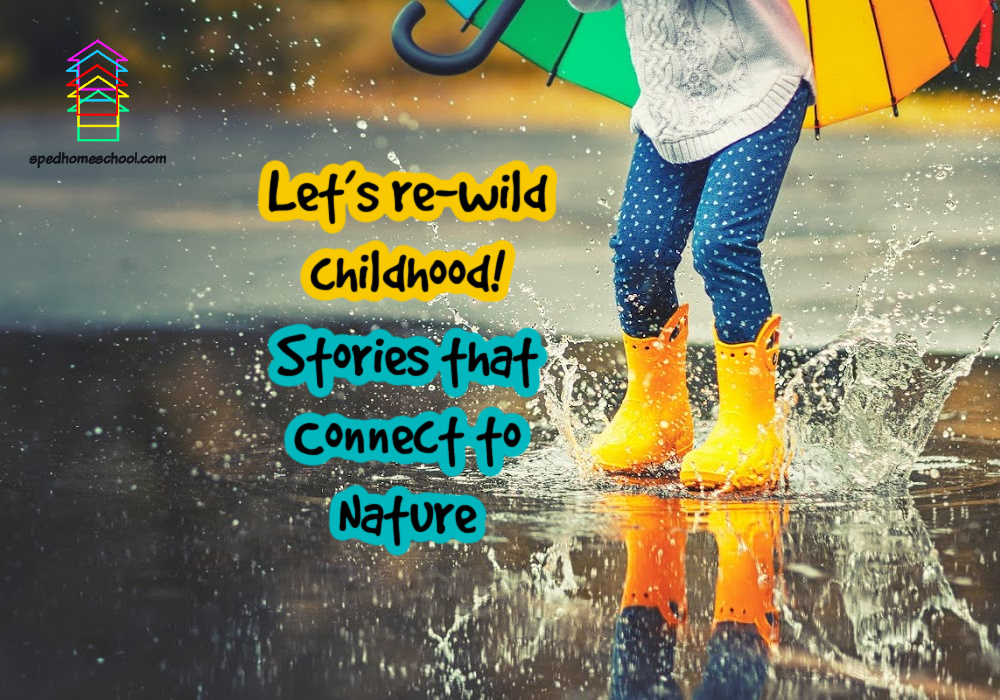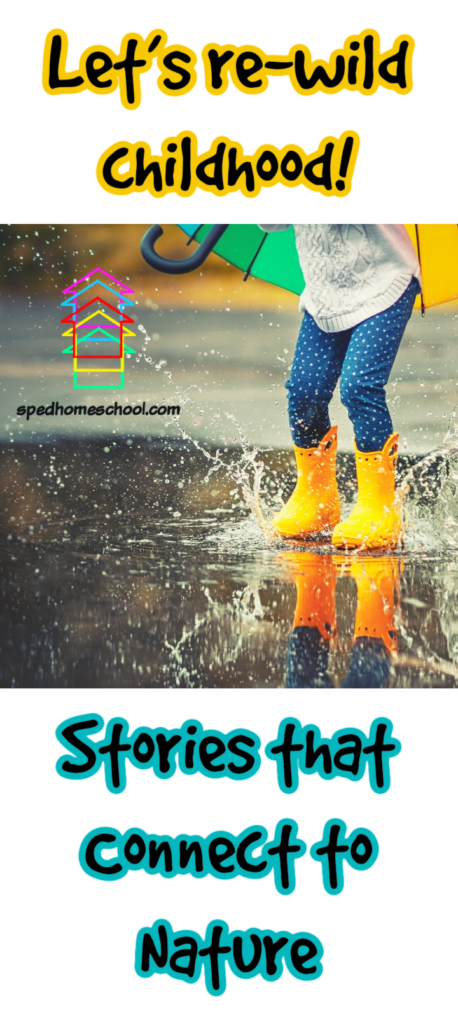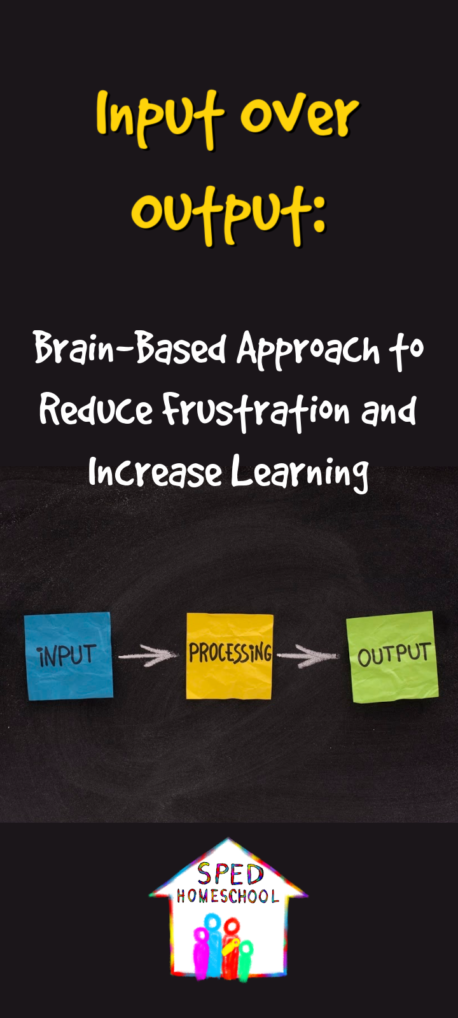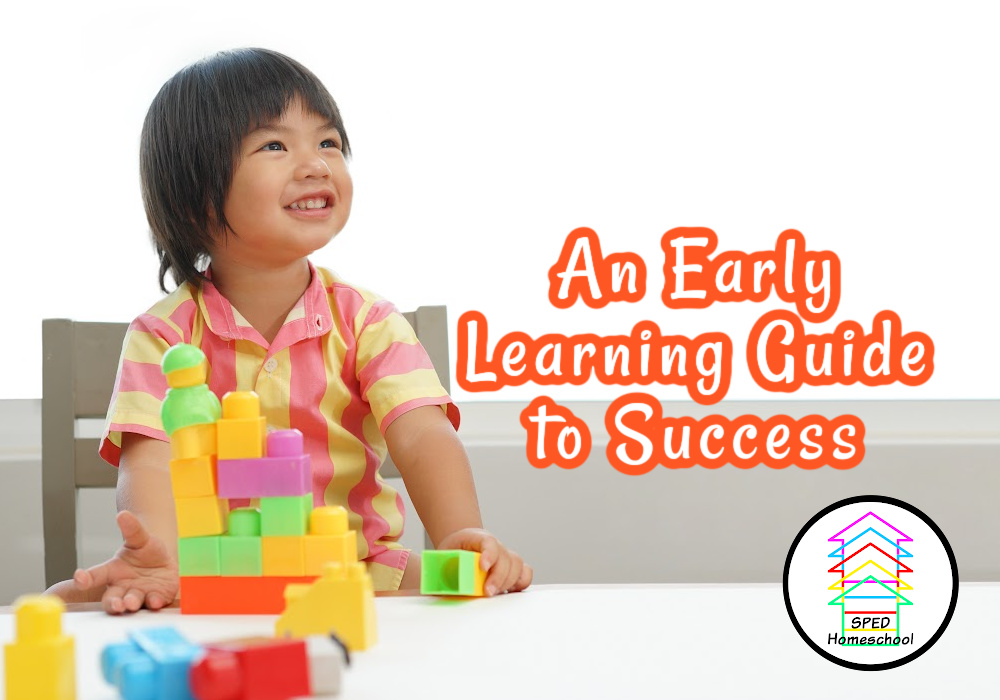
by Deede Hinckley Cauley (M. Ed., LPC) from the Real Reading Company
There are many ways that beginning readers and writers can learn foundational skills that can make a world of difference. Early learners need access to many hands-on materials and quality books. I will highlight three techniques that are important to early learners.
Hand and Eye Coordination
Reading and especially writing requires hand eye coordination. Reading and writing accurately in English is a left-to-right activity. There are dozens of activities to build this skill.
- Providing building blocks with individual letters and numbers on them.
- Chatting about one letter at a time using plastic, wooden, or magnetic letters (or blocks) will build an understanding of alphabet letters and numbers.
- Taking a plastic letter ‘S’ and throwing it into the bathtub while hissing like a snake “ssss, sssnake” introduces the letter ‘S’ and its sound.
- Coloring an image of an apple and saying the short-vowel-a sound introduces the sound of the letter ‘A’. Coloring the letter ‘A’ provides the hand eye coordination needed. Actually, coloring in general is a step in the right direction.
- Making a snake with Play-Doh can introduce the letter ‘S’ while practicing the hand eye coordination of rolling the Play-Doh. Be creative as letters and numbers are slowly introduced.
- Singing the alphabet song is always a good way to ensure the individual letters are learned as well.
Using Everyday Activities
Use everyday activities that match your young learner’s interests. For example:
- Choosing to receive their help when you mix up Jell-O and Pudding. The act of stirring is a chance to continue to practice the hand eye coordination required for reading and writing.
- Bouncing a ball, rolling it back and forth, playing catch with a soft toy, jumping up and down,is, believe it or not, one-step closer to the ability to blend letters into words.
- Learning to write the letters and to pronounce the letters is an early step to reading and writing. Drawing, coloring, chatting about, and laughing while riding in a car; also contribute to these skills. “The letter ‘T’ makes the ‘T’ sound, and what do we see that starts with the ‘T’ sound?” One might see a ‘tree’ or ‘tent’ or ‘tar’ on the road.
- Learning is enhanced by colorful and pleasant videos that introduce the letters of the alphabet as well.
Read, Read, Read
It is also important to read, read, read, to your young learner. Read silly stories, happy stories, restful stories, stories with a message, poetry, nursery rhymes are very important for learning concepts. “Jack and Jill went UP a hill. Jack came tumbling DOWN.”
Relax and use everyday moments and activities to build the skills needed for life. If learning is engaging and fundamental, your early learners will have the basic skills they need to be successful.
Deede Hinckley Cauley (M. Ed., LPC) is the author and creator of the phenomenally successful Reading and Spelling Pure & Simple series (RSPS) and C.E.O. of the Real Reading Company (RRC). For nearly forty years her heart for struggling readers has led her to research, focus on what works, and teach reading and spelling to children, teens, and adults. Her experience included a teaching career that started in 1972 and provided her an opportunity to experience instruction at nearly every level (university, junior college, high school, middle school, and elementary). In the I980’s she became a charter member and officer of a local adult learn-to-read organization, and she had the privilege of homeschooling her son for several years.

